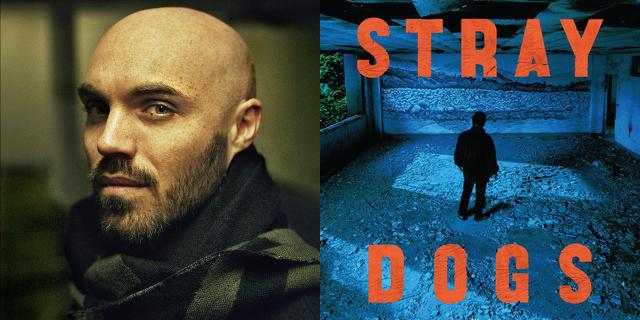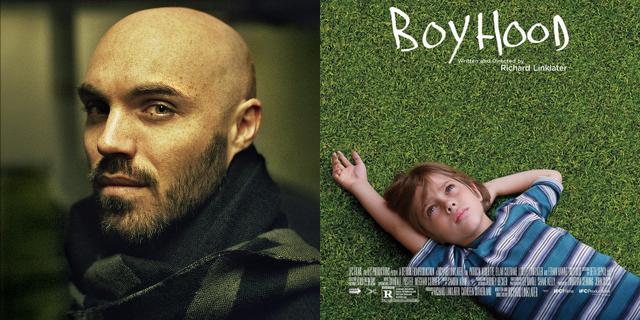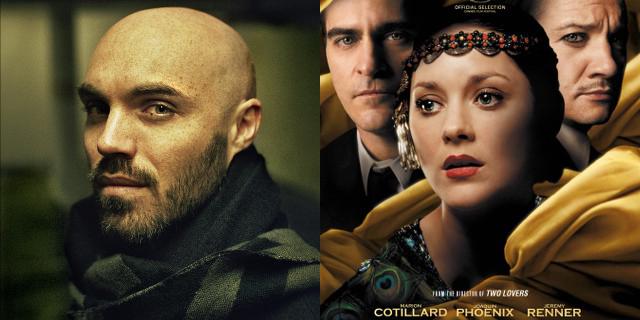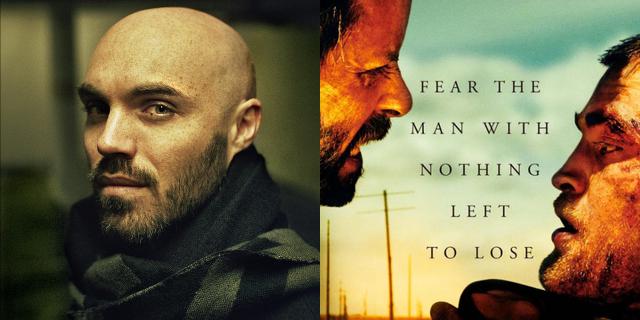I imagine every young filmmaker has that one “aha!” moment with another director’s work; that marvelous instance when whatever protozoan confluence of ideals and aesthetics has been swirling in one’s head finds itself all at once in precise, crystalline realization, right there on the screen, finishing your sentences and starting new ones. A particular work, or body thereof, presents itself to you, a lighthouse amidst the crashing waves, and suddenly everything about this art form clicks into place in a way that seems both universal and entirely personal.
I had that moment with Tsai Ming-liang when I discovered him while working my way through the pan-Asian films of the early aughts — works by Lee Chang-dong and Hong Sang-soo, from South Korea, Hou Hsiao-Hsien from Taiwan, Apichatpong Weerasethakul from Thailand, and Tsai, a Taiwan-based Malaysian. More so than Tarksovky or Tarr, these filmmakers showed me how time and incident might function together in cinema; how the latter’s effect could be attenuated so precisely by the former, and how the rules of form might sustain both to marvelous effect. I found that my hitherto painfully short attention span and my inability to follow complex dialogue were cured by these directors. Tsai, in particular, with his distended comic timing and ability to turn unendurably mundane moments into punchlines, felt revelatory. Static shots that last close to 10 minutes in which seemingly nothing happens? This was the cinema I’d been looking for!
The last film of Tsai’s I saw was 2006’s I Don’t Want to Sleep Alone. Somewhere around the time I was waiting for his 2009 follow-up Visage to receive a US release, I must have stopped paying attention. This seems to happen with heroes of mine; I kindle my devotion to them with passion until one day those flames quietly bank down and I don’t even realize it. When Stray Dogs, Tsai’s first film in four years, premiered at Venice 12 months ago, I was surprised to realize how long it had been since I’d seen one of his movies, or even thought about him in a serious fashion. I would always include him when listing my favorite directors, but such citations would be made with a cursory, lazy confidence instead of the fiery conviction I once had.
But I came here to write about Stray Dogs. Let me begin. Actually, let me skip past most of the film and get to the end. One great thing about Tsai’s movies — or any film mined from that vein which has at one time or another been called contemplative cinema — is that they are so experiential that they cannot typically be spoiled. They can be described, but they are too purely cinematic for such descriptions to hold water.
The penultimate shot of this film depicts a man (Lee Kang-sheng) and a woman (Chen Shiang-chyi) standing in a dark room, looking at something. Fans of Tsai’s work will recognize these actors; Lee has played the protagonist in every film the director has made, and more often than not he’s performed opposite Chen. Sometimes their characters have carried over from one film to the next (What Time Is It There? The Skywalk is Gone and The Wayward Cloud), but even when they don’t, their presence imposes a certain overarching continuity. Lee is to Tsai as Jean-Pierre Léaud was to Truffaut – a connection that’s especially easy to make given the references to The 400 Blows in What Time Is It There? — including a significant cameo from Léaud himself.
In Stray Dogs, Lee plays a new character, an unnamed single father. Prior to the aforementioned shot, we’ve spent two hours watching his persistent struggle to provide for himself and his young son and daughter in Taipei. He is homeless. His children roam the city while he earns a pittance holding signs advertising real-estate opportunities he himself could never afford. At night, they brush their teeth in public restrooms, retire to a hovel in the corner of a shipping container and fall asleep to the omnipresent pitter-patter of rainfall on the tin roof.
There is a mother (or mother figure) in their life, played at various points in the film by three different actresses, one of whom is Chen. She seems to exist in a different realm; indeed, many of her early scenes involve the exploration of a derelict building, her flashlight cutting through the waterlogged ruins, looking for something (or, more likely, for a way in or out). At a climactic point in the film, the father and his children find their way to her in those ruins. After some bittersweet time in each other’s company, and some notably phantasmagoric allusions, Lee and Chen wander the building alone, and eventually find themselves in this second-to-last shot in the movie, over the course of which I found that my love and admiration of Tsai’s work had not at all run dry.
Tsai is famous for his wide tableaux, but his camera here is not as impassive as it might seem; it begins with a graceful dolly move, carrying us into the composition, rather than confronting us with it. Then that composition resolves itself, and endures. I’m not going to tell you how long the shot lasts. It doesn’t matter. It is a parcel of time which, in the context of a movie, might seem unendurable, but in one’s daily routine would be considered negligible. Tsai seeks the middle ground between the two. (This is the first time Tsai has made a digital feature film, and thus his shots haven’t been constrained by the length of a 35mm magazine.) He isn’t trying to shake the earth when a tear falls across Chen’s face, but he’s also not suggesting that, within such a span of time, one can’t move through complete cycle of emotions and ultimately find resolution.
Indeed, the characters feel a lot of things over the course of this shot, and we, the audience, are occasionally on their wavelength. There are little flourishes, touches of light and sound, to guide us; other times we are cast free to drift. A shot like this is not intended to retain one’s focus for its entirety. Your attention is free to lapse and trail off. You can follow an entirely separate chain of thoughts to its inevitable conclusion, and after you’ve cleared your mind of them, the scene at hand will still be there, transpiring. I don’t recall most of the things I thought about during this scene; I know that I reflected on Tsai’s previous work, and that much of the fretting above was born of these recollections. I looked at Chen and Lee, and considered their history with the director. At one point, I found myself gazing at the characters from What Time Is It There? and wondering with a sudden start if I’d missed something, if they were in fact meant to be the same people. Then I’d realize that no, of course they’re not; but the meta-narrative at play with their faces and presence is profound all the same.
I’m sure I thought about my own movies, and what bills I had to pay and what time I had to get to the office in the morning. I also thought about the film itself, and reached some clarity on its vaguer elements. Things began clicking into place. At some point, I thought about how all of the great decisions in our lives have probably been made in a shorter period of time than this shot lasts. When I thought that thought, and then returned to the film to find the shot had not ended, a deep sense of comfort and relief welled up within me. It would be over soon enough; that it wasn’t yet was a luxury. And when Tsai finally does cut….
But I won’t describe what the actual last shot is, or what happens in the edit that brings us to it. It’s not that I fear spoiling it so much as that I’m still diving into it, and finding in its depths all those old embers I’d forgotten about, still simmering away, ready to reignite. I love this movie, and the compassion I feel for it increases the more I consider it. I know I’m not alone in this sentiment, and that this is a film that will inspire discourse amongst certain crowds. I also know those crowds are very limited. Maybe, for some impressionable filmmaker, this will be that right film at the right time, although I don’t think it would be a tragedy if it wasn’t. Perhaps that’s one of the bigger differences between the version of me who fell in love with Tsai’s work several years ago and the one who’s writing this now: I used to insist that everyone drop what they were doing and immediately watch these films that I found so meaningful. These days, the fact that they are meaningful to me seems to be enough. The peak of that “aha!” moment has receded, as it inevitably must, and other “aha!”s will take its place. One shot cuts to the next, and I guess that’s how it goes.







